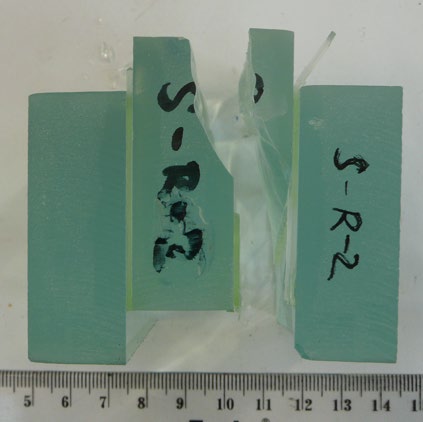Influence of Elevated Temperature on the Mechanical Properties of Transparent Adhesive Glass-Glass Joints
DOI:
https://doi.org/10.47982/cgc.8.439Downloads

Abstract
Glass is an attractive, transparent but brittle material which is increasingly popular in civil engineering. Not only small and secondary glass structures such as canopies or railings, but also load-bearing structures or structural elements such as stairways, beams, facades, etc. are commonly designed today. The wider use of glass places demands on the connections of glass-to-glass or glass-to-other materials. Mechanical connections are commonly used owing to their known mechanical properties but there is pressure to use adhesives for their considerable advantages. Unfortunately, there is not enough information about the mechanical properties of adhesives exposed to environmental effects and elevated temperature. The paper is focused on experimental testing of glass-to-glass connection using transparent adhesives. The specimens were prepared as double-lap shear joints with 1 mm adhesive joint thickness. In the study, three two-component epoxy adhesives were selected, one rigid adhesive and two semi-rigid adhesives. Specimens were tested at room temperature (reference set) and at elevated temperature (80 °C), six sets of specimens were prepared in total. The test was controlled by displacement with continuous loading until the specimen’s collapse. The cross-head speed was 0.05 mm/min. Shear strength at failure rapidly decreased for specimens exposed to elevated temperature and each specimen failed due to loss of adhesion between adhesive and glass.
Published
Issue
Section
CertBond COST Action CA18120
License
Copyright (c) 2022 Markéta Zikmundová, Martina Eliášová

This work is licensed under a Creative Commons Attribution 4.0 International License.



